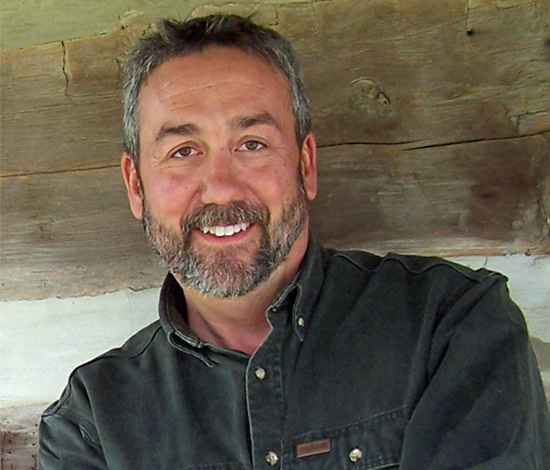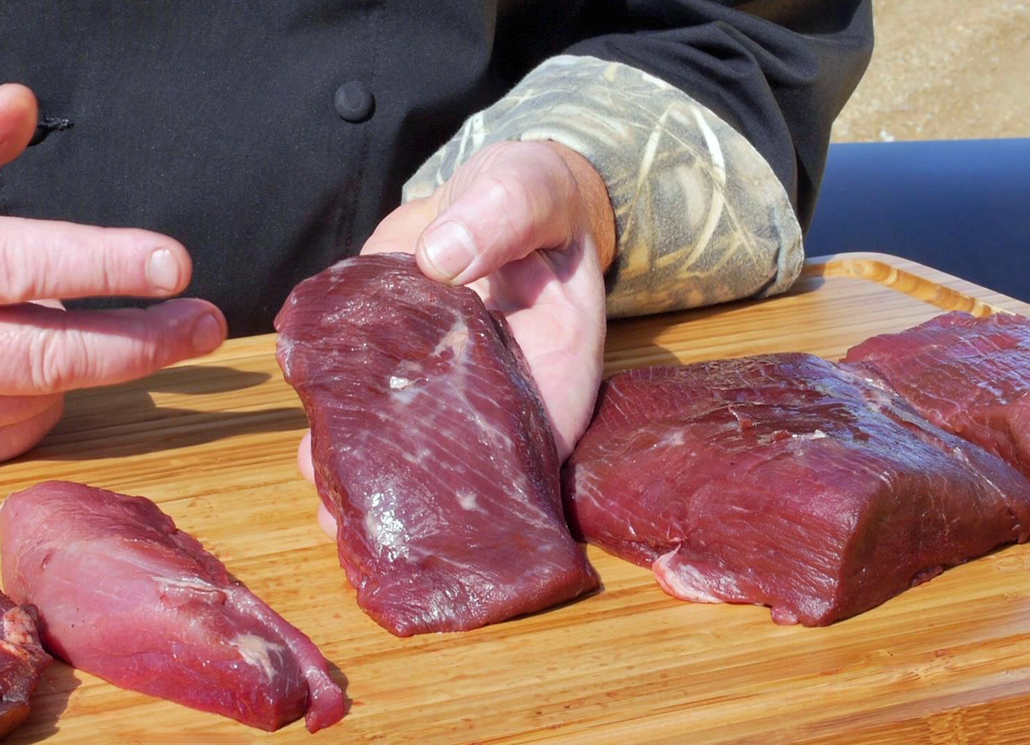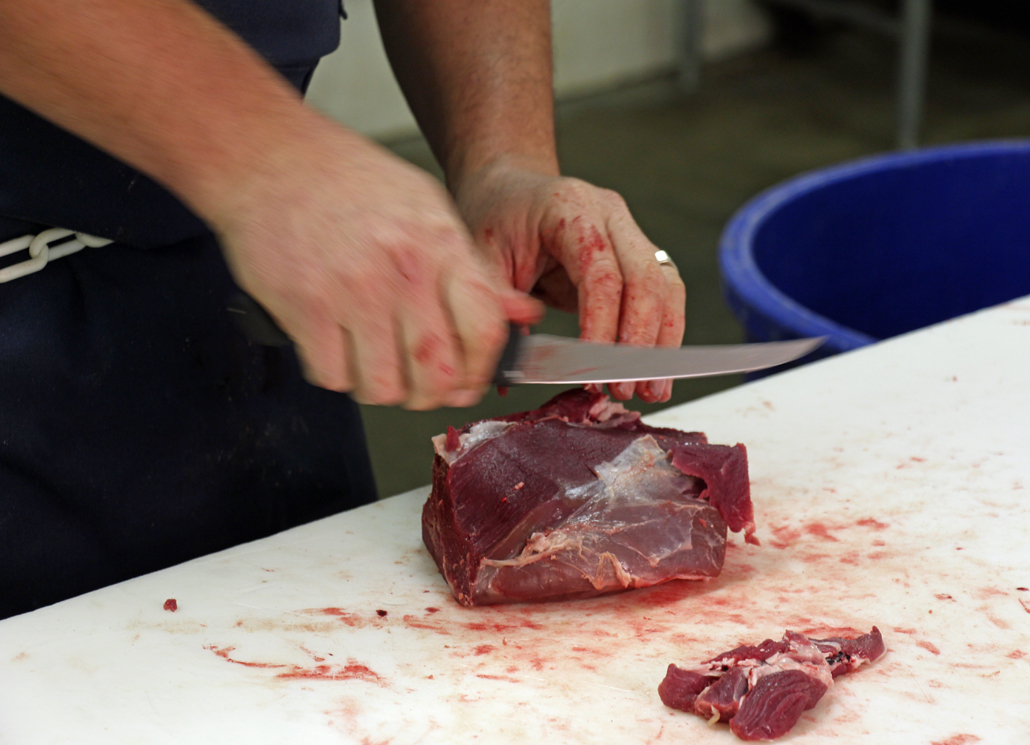It's Just Parts - How Best to Cook Venison
’ve spent the better part of the past three decades doing my best to convince non-believers that venison is delicious.
My approach is simple. I’ll take a trimmed piece of deer meat from the loin or better part of the hindquarter, season it with salt and pepper and flash cook it in a hot skillet with a little olive oil for maybe 30 seconds on each side. After a bit of coaxing, I can get most people, even those who had decided long ago that they don’t like wild game, to at least give it a try. The reaction from the overwhelming majority of samplers is something like, “Wow, what did you do to make it not taste like deer?”Preventing cookies from being stored on your device may interfere with your ability to view video content.
You can adjust your cookie setting by clicking the button below.
If my deer tasted gamey, muttony or livery, I wouldn’t eat it. And if yours is not reminiscent of a mild, almost neutral-flavored lean meat, either it has been mishandled in the field, during processing or something went terribly wrong in the kitchen. Of course, what a deer eats will have an impact on how it tastes when you eat it, but rarely should it make it unpleasant or inedible. I recently Googled “What does venison taste like?” and was not at all surprised by the search results. Forum posts included unfavorable descriptions like “a lot like mutton”, “a pungent aftertaste” and “gnarly and unpleasant.” How is it possible that so many people don’t understand how to properly cook a hunk of deer meat?
Venison that has been quickly field-dressed, cooled, processed and properly cooked will taste infinitely better than an animal that has been improperly handled. Home cooks who try to cook the gamey taste out of game often do just the opposite. Try this. Cut a venison steak in half and cook one piece until it is medium-rare, about 130-degree internal temperature, and the other well-done. They taste like they came from two different animals. The less-cooked half is moist, tender and not at all gamey. The overcooked half is tough, chewy and off-tasting. The better cuts of a deer are best cooked quickly with high heat and, because venison is very lean, not past medium-rare.
All too often, antlered game hindquarters get ground into sausage, burger and, well, just ground rather than leaving the whole muscles intact. Freezers are overloaded with sausage, burger and bulk ground venison. I get it, but I don’t agree that it’s the best way to handle the muscles from the rear end of the animal. Perhaps that’s how your family has always dealt with hindquarter parts, but that’s not really a good argument for keeping the tradition alive. I’m always intrigued by the folks who insist on cooking the crap out of all meat. It’s not done until you can put it in a vise, give it a good squeeze and no juice comes out. I can usually goad the well-done folks into trying a bite of less-cooked game, but then there are those who just can’t muster the courage. There’s just no-way, no-how that they’re going to take a nibble of even the tiniest piece of medium-rare venison.
VIDEO – The video illustrates how to grill a few hindquarter muscles. Remember, you can always throw it back on the grill and cook it longer, but you just can’t “uncook” it once it’s been grilled too long.
For more information, make sure you check out Winchester’s social media channels for hunting and shooting tips and updates on Winchester supported events and promotions on Facebook, You Tube, Instagram and Twitter.






